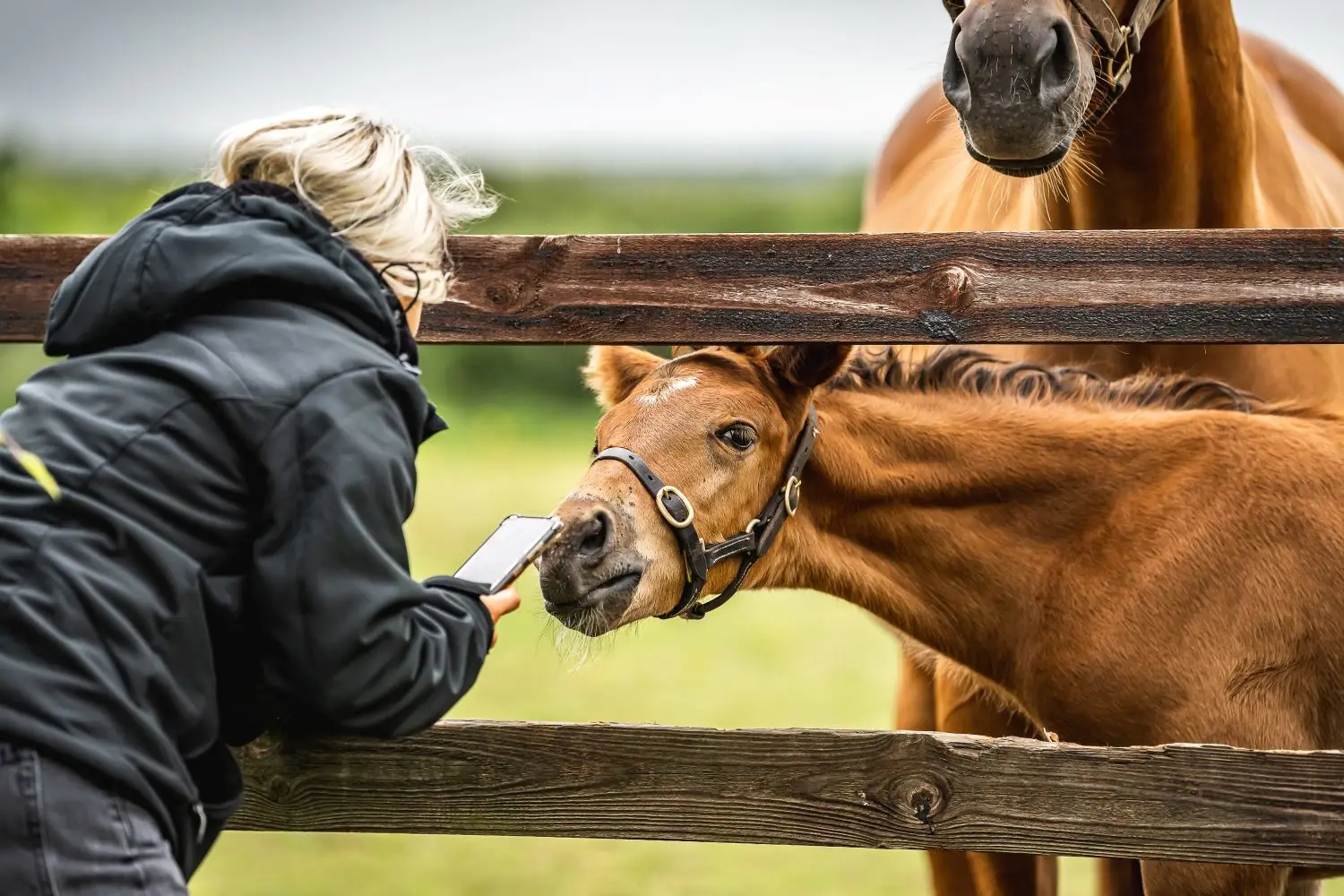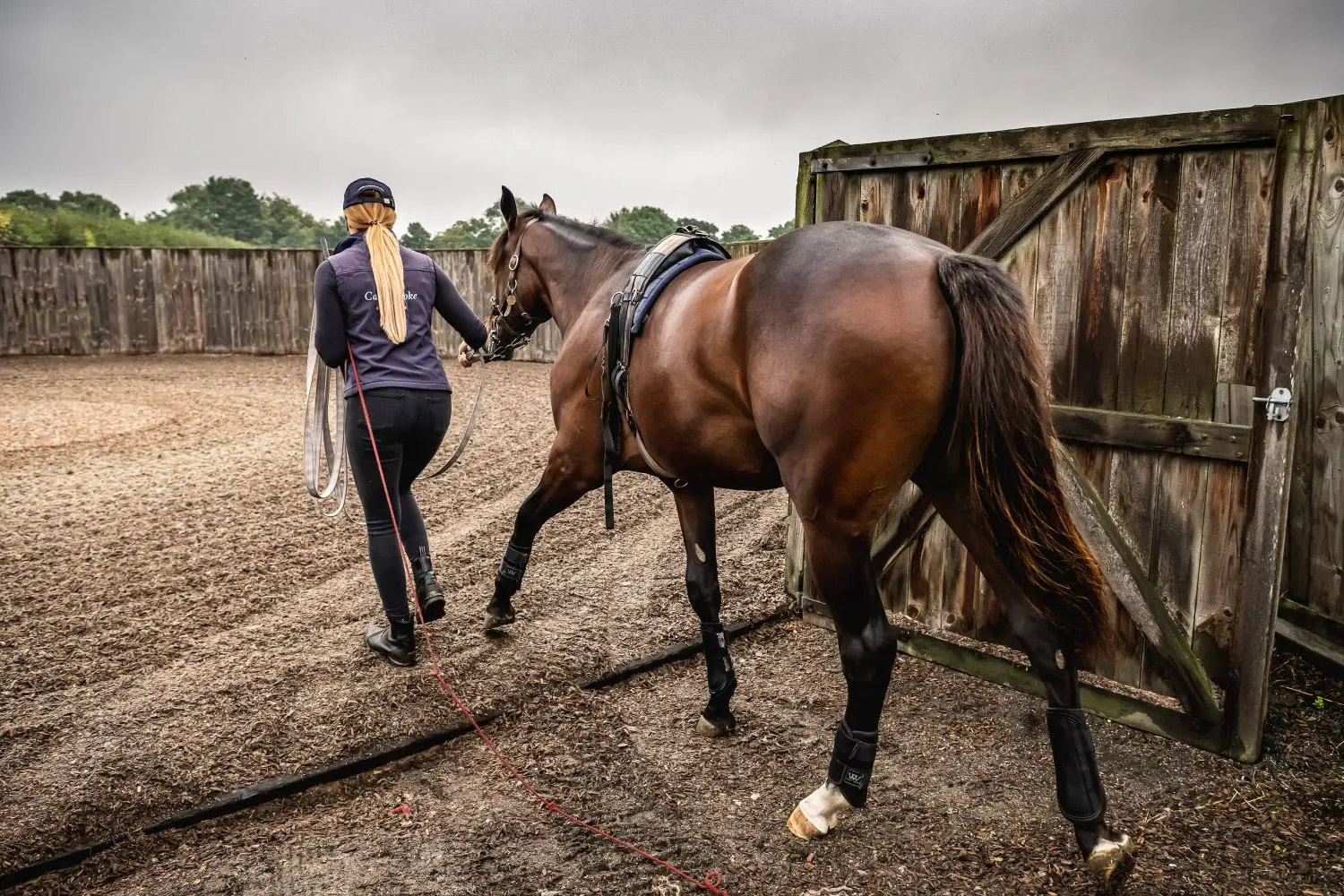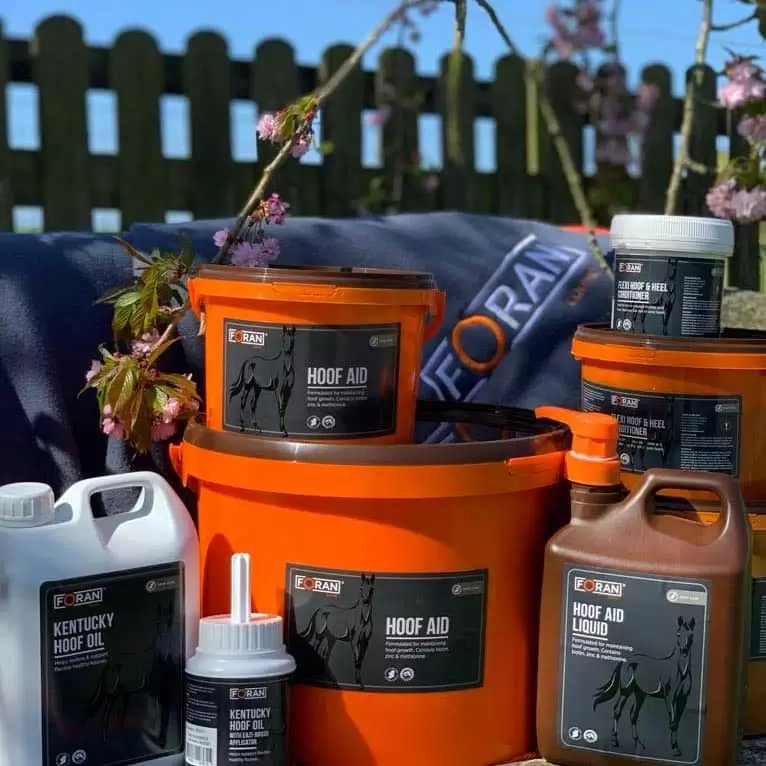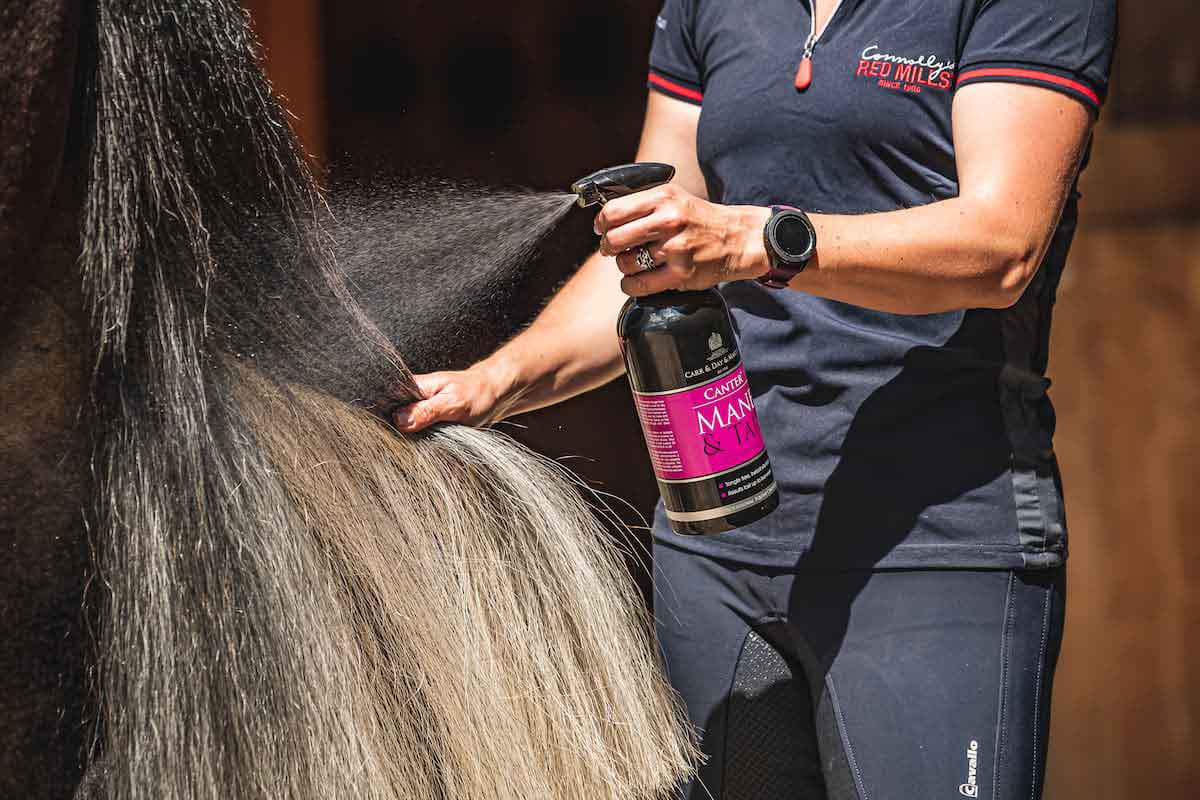The broodmare can provide all the foal’s nutritional requirements for growth, development and immune protection up to three months of life. Getting everything right for the mare and foal can be challenging; how this period from birth through to weaning is managed can significantly impact the future performance and health of the young horse.
Colostrum is Crucial for Protection against Disease
First and foremost, it’s important to ensure that the newborn foal receives good quality colostrum which will provide the foal with a vital source of antibodies, necessary for initial protection from disease. Thereafter the main source of nutrition for the nursing foal is mare’s milk.


A Lactating Mare Needs a Well Balanced Diet for Quality Colostrum Composition for her Nursing Foal
The mare’s milk provides the foal with calories and vital nutrients needed for good health and growth. It is important that the lactating mare receives a balanced diet to optimise the quality of both her colostrum and her milk. The main energy sources in mare’s milk are lactose and fat, and the two primary proteins are whey and casein. The mineral content of mare’s milk is low compared to the milk of other species such as cows, sheep, and goats (see table 1). To combat this natural deficiency the equine fetus will store minerals, such as copper, in its liver during late gestation and then utilise these mineral stores during the first few months of life.
As the Foal Grows the Proportion of Milk Consumed Per Kg of Bodyweight Per Day Decreases
On average, a foal will consume around 23% of its bodyweight as milk per day. As the foal grows the proportion of milk consumed per kg of bodyweight per day decreases. For example, a Thoroughbred foal with a birth weight of 50kg will consume approximately 8-11 litres of milk on day one (Table 2) and will typically gain 2 to 3% of their body weight daily thereafter. As the foal’s bodyweight increases so will milk intake and by approximately 6-8 weeks of age, the mare will reach peak lactation and a foal will consume in the region of 18 litres milk/day.


What Are Causes for Concern for the Nursing Foal?
Providing that the foal is active, alert, nursing and sleeping regularly there should be no cause for concern. However, if the foal is weak, sleeping or drowsy for long periods, and/or constantly under the mare looking to nurse, the mare’s milk production should be questioned.
If the foal is physically unable to nurse (e.g. contracted tendons) alternative routes of nutritional support will be required. Veterinary advice should always be sought at such times, to determine why the foal isn’t nursing and identify any other possible problems both with the foal and mare.
Supplementary Milk Feeds for the Foals Are Sometimes Needed
If the milk yield of a mare is reduced or very poor, then supplementary feeding of the foal will be required. Consideration should be given to determine why milk production has reduced. A young foal’s gut is not fully prepared for solid food in the first few weeks of life so supplementary milk either from another mare or a commercial milk replacer can be used. The milk replacer should provide optimal nutrition which mimics the mare’s milk as closely as possible.


Bottle Feeding the Foal Should Only be Carried out by Experienced Stud Hand
Bottle feeding is appropriate but should only be carried out by an experienced stud hand due to the risk of aspiration pneumonia. Bottle feeding may also lead to behavioural problems and the foal will require more time from the handler. Ideally, the milk replacer should be presented to the foal to accommodate bowl feeding. The foal should be able to visit the bowl as often as it would suckle from the mare with the bowl placed at the foal’s chest height. Great care should be taken to mix the powder with water according to the manufacturer’s guidelines to prevent the incidence of digestive upsets. Consumption of milk replacer should be monitored carefully, along with body condition. Where possible weigh the foal daily to monitor average daily weight gain.
Foal Supplements Are a Great Option When a Boost is Needed
Multi-vitamin supplementation is useful for young foals who have, or are recovering from, health problems. Foran Equine Friska Foal is a multivitamin and prebiotic supplement specifically formulated to support the foal’s nutritional needs during times of illness or stress, such as travelling. Given by mouth once daily, Friska Foal is a pleasant-tasting foal supplement, which is a great advantage when administering oral medications to foals for several days. Friska Foal is safe to be used on newborn foals and many studs incorporate its use into the standard management of all foals for the first weeks of life.


Orphaned Foals Require Specialist Handling and Nutrition
Orphan foals must be carefully managed by experienced handlers, with lots of support from your vet and nutritionist. When orphaned from birth priority is to provide antibodies either by a donor colostrum or by an intravenous supply of hyperimmunised plasma. Once colostrum demands are taken care of a supply of donor mares’ milk, milk replacer or ideally the provision of a foster mare should be sought. When a well-established nursing foal is orphaned, careful consideration for the stage of development should be taken when deciding on how best to supply its nutritional requirements. Your vet and nutritionist will further advise you at these critical times.
Introducing a Creep Feed To Your Foal By 3 Month's is Crucial
Foals are innately inquisitive and therefore usually start to show interest in whatever their mare is eating a few days after birth. Once the foal is 3 months of age, the nutritional value of the mare’s milk naturally declines. At this stage it is important that the foal has been introduced to a suitable creep feed.


Over Consumption of Rich Concentrate Meals Can Lead to Foal Health Complications
Creep feeding is a feeding method for youngstock where hard feed is introduced to the foal in a way that ensures the mare cannot gain access to it. In recent years, the traditional methods of feeding young foals have been challenged. Previously the “all they can eat” approach was familiar to most stud managers; however, this is not considered ideal anymore as it is now recognised that over consumption of rich concentrate meals can lead to several problems. These include digestive issues, obesity and excess stress on the musculoskeletal system, leading to accelerated growth and the associated effects such as lameness, swollen joints (physitis), osteochondrosis dessicans, flexural and angular limb deformities, and juvenile osteoarthritis, many of which are better known as Developmental Orthopaedic Disorders (DODs).
When to Introduce a Creep Feed to A Foal Depends on Growth & Development Status
Studs will routinely introduce some concentrate to the foal by 6-8 weeks of age. If the foal has been compromised in some way or is considered weaker or behind the other foals, then creep feeding could be introduced as early as three weeks.
Foals that are doing ‘too well’ on the mare and appear at risk of developing epiphysitis are recommended a specialised creep feed to reduce calorie intake but allow vitamin and mineral intake to remain high in order to support balanced growth and development. In such circumstances a stud balancer pellet which can be fed in small quantities, such as Connolly’s RED MILLS Grocare Balancer, is an ideal addition to the foal’s diet.

Ensuring your foal receives; quality colostrum, an adequate milk supply, and an introduction to hard feed prior to weaning, will all be instrumental to producing strong and sound performance horses. Over or under consumption of feed at a young age can lead to periods of accelerated or retarded growth, which could predispose them to future skeletal abnormalities. Treating each foal as an individual to provide a balanced diet will ensure they are well prepared for life without the mare and for the challenges that training and competition will place upon them.








